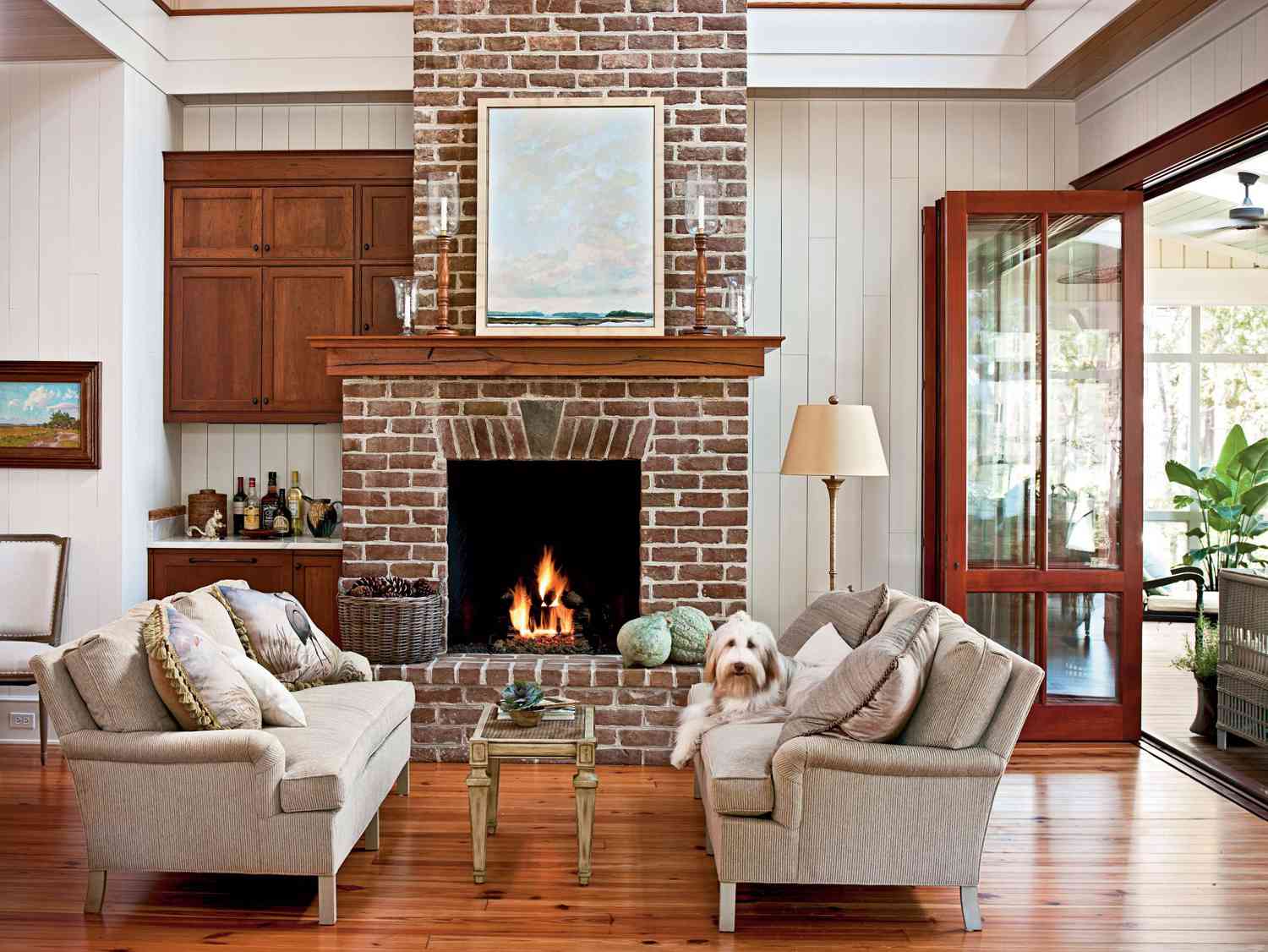

Articles
What Is A Masonry Fireplace
Modified: August 22, 2024
Learn everything you need to know about masonry fireplaces in our informative articles. Gain insights into their construction, maintenance, and benefits.
(Many of the links in this article redirect to a specific reviewed product. Your purchase of these products through affiliate links helps to generate commission for Storables.com, at no extra cost. Learn more)
Introduction
Masonry fireplaces have long been cherished for their timeless elegance and cozy warmth. These beautifully crafted structures are not only functional, providing a source of heat, but they also add a touch of charm and sophistication to any home. In this article, we will explore the history, construction, materials, benefits, and maintenance of masonry fireplaces.
A masonry fireplace is a structure made from brick, stone, or concrete that is designed to contain and radiate heat from a fire. The use of masonry in fireplace construction dates back centuries, with the ancient Romans being one of the first civilizations to develop advanced techniques for building durable and efficient fireplaces.
Today, masonry fireplaces are a popular choice among homeowners who appreciate the traditional beauty and functionality they offer. Whether you live in a rustic cottage, a contemporary mansion, or anything in between, a masonry fireplace can become the heart of your home, providing a gathering place for family and friends during cold winter nights.
The construction of a masonry fireplace involves careful planning, skilled craftsmanship, and adherence to local building codes. The process begins with the foundation, which is essential for providing stability and preventing any movement or settling of the fireplace structure. The firebox, chimney, and hearth are carefully constructed to ensure proper ventilation, efficient burning of fuel, and safe operation.
Masonry fireplaces can be built using various materials, including bricks, stones, and concrete blocks. Each material offers unique aesthetic qualities, durability, and thermal properties. Bricks are a popular choice for their versatility and classic look, while stones can add a touch of natural elegance. Concrete blocks provide excellent heat retention and are often used in modern fireplace designs.
The benefits of masonry fireplaces go beyond their visual appeal. One of the main advantages is their superior heat retention capabilities. Masonry materials have a high thermal mass, which means they can absorb and retain heat from a fire for an extended period. This allows the fireplace to continue radiating warmth even after the fire has died down.
In addition to warmth, masonry fireplaces also offer a cozy ambiance and a focal point for any room. The crackling sound of the fire, the dancing flames, and the soft glow create a soothing and inviting atmosphere that can enhance relaxation and comfort. Moreover, masonry fireplaces have a timeless appeal that can increase the value of a home and attract potential buyers.
Key Takeaways:
- Masonry fireplaces, with their timeless beauty and superior heat retention, offer a cozy ambiance and lasting warmth. They add value to homes and provide customizable design options to suit various architectural styles.
- Proper maintenance and care are essential for ensuring the longevity and safety of masonry fireplaces. While they may require more upkeep compared to prefabricated fireplaces, the investment in maintenance is rewarded with enduring beauty and performance.
Read more: What Is Masonry Veneer Construction
History of Masonry Fireplaces
The history of masonry fireplaces dates back to ancient times, where fire was a vital element for survival and heating. The ancient Romans were pioneers in the development of masonry fireplace construction techniques. They recognized the need for efficient heating systems and began to perfect the art of constructing fireplaces that not only provided warmth but also improved indoor air quality.
During ancient times, masonry fireplaces were primarily constructed using stone or clay. The Romans were known for their ingenuity in creating elaborate flues and venting systems that allowed for a better flow of air and reduced the accumulation of smoke and soot. This led to more efficient and cleaner-burning fires.
As civilizations evolved, so did the techniques and materials used in fireplace construction. In the Middle Ages, castles, palaces, and mansions featured grand masonry fireplaces that were architectural marvels. Skilled craftsmen meticulously carved intricate designs into the stone, creating ornate and elaborate fireplaces that were symbols of wealth and status.
During the Renaissance period, the popularity of masonry fireplaces continued to grow. In Europe, they became a common feature in both public buildings and private homes. As the demand for fireplaces increased, so did the development of new technologies to improve their efficiency and functionality.
In the 18th and 19th centuries, masonry fireplaces underwent significant advancements. Innovations such as the Rumford fireplace design, introduced by Benjamin Thompson, also known as Count Rumford, revolutionized fireplace construction. The Rumford fireplace featured a shallow and streamlined design, which allowed for improved airflow and increased heat efficiency.
The industrial revolution brought about changes in fireplace construction materials. With the rise of mass production, bricks became a popular choice, as they were more affordable and readily available. This led to the widespread use of brick masonry fireplaces, which are still commonly seen in homes today.
In modern times, masonry fireplaces have evolved to meet the demands of contemporary lifestyles and design preferences. While the traditional brick and stone fireplaces remain popular, there is a growing trend towards more modern and minimalist designs. Concrete and steel are now being used to create sleek and innovative fireplace structures that blend seamlessly with modern interior styles.
Overall, the history of masonry fireplaces showcases the ingenuity of ancient civilizations and the continuous innovation in fireplace construction techniques. From ancient Roman times to the present day, masonry fireplaces have stood the test of time, providing warmth, beauty, and a sense of comfort in homes around the world.
Construction of Masonry Fireplaces
The construction of a masonry fireplace requires careful planning, skilled craftsmanship, and adherence to local building codes. Each component of the fireplace, from the foundation to the chimney, plays a crucial role in ensuring its safety, efficiency, and longevity.
The construction process begins with the foundation, which provides stability and prevents any movement or settling of the fireplace structure. It is important to excavate the foundation area and create a solid base that can withstand the weight of the fireplace. The foundation should extend below the frost line to prevent shifting due to freezing and thawing cycles.
Once the foundation is in place, the firebox is constructed. The firebox is the space where the fire is contained and includes the hearth, back wall, side walls, and the bottom, known as the firebox floor. The firebox should be constructed using firebricks or refractory bricks, which are designed to withstand high temperatures and reduce the risk of cracking or crumbling.
Next, the chimney is built to ensure proper ventilation and safe operation. The chimney provides a path for the smoke and gases to escape from the fireplace. It should be constructed using masonry materials such as bricks or stones and should be appropriately sized for the fireplace to ensure efficient draft and minimal smoke leakage.
The construction of the chimney includes the smoke chamber, the flue tiles or liners, and the chimney cap. The smoke chamber is located above the firebox and acts as a transition space where the smoke gathers before entering the flue. It should be designed to promote a smooth flow of smoke and prevent the buildup of creosote, a highly flammable substance.
The flue tiles or liners form the interior passageway of the chimney. They create a protective barrier between the hot gases from the fire and the surrounding masonry. The flue should be properly sized to ensure adequate draft for the fireplace and minimize the risk of smoke backdraft or downdraft.
The construction process also involves the installation of a damper, which is a movable metal plate that controls the airflow. The damper can be adjusted to regulate the intensity of the fire and to prevent heat loss when the fireplace is not in use.
Finishing touches such as the mantle and surround are added to enhance the aesthetic appeal of the fireplace. The mantle can be made from wood, stone, or other materials and serves as a decorative shelf above the fireplace. The surround refers to the material that surrounds the firebox opening, providing a frame for the fire and adding a visual focal point to the room.
It is crucial to hire a skilled mason or contractor experienced in fireplace construction to ensure that all the components are built correctly and according to safety standards. Proper construction techniques and attention to detail are essential to ensure the structural integrity and performance of the masonry fireplace.
Materials Used in Masonry Fireplaces
Masonry fireplaces can be constructed using a variety of materials, each offering unique aesthetics, durability, and thermal properties. The choice of materials can greatly influence the overall look and feel of the fireplace, as well as its performance and longevity.
Brick is one of the most commonly used materials in masonry fireplaces. Traditional brick fireplaces exude a timeless charm and can complement a wide range of architectural styles. Bricks are known for their durability and ability to withstand high temperatures. The porous nature of bricks also helps to absorb and radiate heat, making them an excellent choice for maximizing warmth in a room.
Stone is another popular option for masonry fireplaces. Natural stones such as limestone, granite, and marble can add a touch of elegance and sophistication to any space. Stone fireplaces are highly durable and can withstand the test of time. They have excellent heat retention properties and can help to create a cozy and inviting atmosphere in a room.
Concrete blocks are a more modern choice for masonry fireplaces. They offer exceptional fire resistance and thermal efficiency. Concrete blocks are known for their high thermal mass, which allows them to absorb and store heat from the fire, ensuring a longer-lasting warmth in the room. They are also versatile and can be easily shaped and textured to create unique fireplace designs.
Firebricks or refractory bricks are specially designed bricks that are used to construct the firebox and lining of masonry fireplaces. These bricks have a high resistance to heat and can withstand the intense temperatures generated by the fire. Firebricks help to prevent the firebox walls from cracking or crumbling due to heat exposure.
Mortar is an essential component in the construction of masonry fireplaces. It acts as the adhesive that holds the bricks or stones together and creates a seal to prevent air leakage. Mortar is typically made by mixing cement, sand, and water to achieve the desired consistency and strength. Different mortar mixtures can be used depending on the type of material being used in the fireplace construction.
In addition to these primary materials, other elements such as hearthstones, mantels, and surrounds, play a crucial role in the overall design and functionality of a masonry fireplace. Hearthstones provide a noncombustible surface in front of the fireplace, while mantels and surrounds add decorative features and provide a finishing touch to the design.
When choosing materials for a masonry fireplace, it is important to consider factors such as the style of the home, personal preferences, and the intended use of the fireplace. Consulting with a professional fireplace builder or mason can help in selecting the right materials that deliver both aesthetic appeal and functional performance for a masonry fireplace.
Benefits of Masonry Fireplaces
Masonry fireplaces offer a range of benefits that make them a popular choice among homeowners. From their aesthetic appeal to their functional advantages, masonry fireplaces have stood the test of time. Here are some of the key benefits of choosing a masonry fireplace for your home:
1. Visual Appeal: One of the main benefits of masonry fireplaces is their timeless beauty and ability to enhance the overall ambiance of a room. Whether you opt for a traditional brick fireplace or a more contemporary stone design, masonry fireplaces add a touch of luxury and sophistication to any space.
2. Cozy Atmosphere: Masonry fireplaces create a warm and inviting atmosphere in a home. The crackling sound of the fire, the dancing flames, and the soft glow create a sense of comfort and relaxation. Gathering around a masonry fireplace with family and friends can be a cherished experience, especially during cold winter nights.
3. Efficient Heating: Masonry fireplaces are renowned for their superior heat retention properties. The use of bricks, stones, or concrete blocks allows the fireplace to absorb and radiate heat long after the fire has died down. This helps to warm up a room consistently and reduce the reliance on other heating sources.
4. Energy Efficiency: When properly constructed and maintained, masonry fireplaces can be energy-efficient heating options. They utilize radiant heat, which warms objects and surfaces in the room directly, rather than relying solely on convection to heat the air. This can help to minimize heat loss and reduce energy consumption.
5. Durability and Longevity: Masonry fireplaces are built to last. The use of high-quality materials such as bricks or stones ensures their durability and resistance to wear and tear. With proper care and maintenance, a well-built masonry fireplace can last for generations, making it a valuable investment for your home.
6. Increased Home Value: Masonry fireplaces add value to a home. They are considered desirable features that can attract potential buyers and set your home apart in the real estate market. The charm and functionality of a masonry fireplace can significantly enhance the overall appeal and value of your property.
7. Design Flexibility: Masonry fireplaces offer endless design possibilities. Whether you prefer a traditional or contemporary look, there are countless options to suit your style and taste. From the choice of materials to the shape, size, and detailing, masonry fireplaces can be tailored to match the overall aesthetic of your home.
8. Natural and Sustainable Choice: Masonry fireplaces are made from natural materials such as bricks, stones, and concrete, which are abundant and sustainable resources. By choosing a masonry fireplace, you are making an environmentally friendly choice that minimizes the use of synthetic materials or non-renewable resources.
Overall, masonry fireplaces offer a combination of beauty, functionality, and long-term value. Whether you are looking to create a cozy atmosphere, reduce heating costs, or enhance the visual appeal of your home, a masonry fireplace is a delightful addition that brings warmth and character to your living space.
When building a masonry fireplace, it’s important to use high-quality firebricks and refractory mortar to ensure durability and safety. Proper ventilation and insulation are also crucial for efficient and safe operation.
Read more: What Does Masonry Construction Mean
Maintenance and Care of Masonry Fireplaces
Masonry fireplaces require regular maintenance and care to ensure their optimal performance, safety, and longevity. By following a few simple maintenance practices, you can keep your masonry fireplace in excellent condition for years to come. Here are some essential tips for maintaining and caring for your masonry fireplace:
1. Regular Cleaning: Regularly cleaning your masonry fireplace helps to remove ashes, soot, and debris that can accumulate over time. Use a fireplace shovel and brush to carefully scoop out ashes and brush away loose debris. It’s important to clean the fireplace only when it’s completely cool to prevent any risk of burns.
2. Annual Inspection: Schedule an annual inspection by a professional chimney sweep or fireplace technician to thoroughly inspect the condition of your masonry fireplace and chimney. They will check for any cracks, damaged mortar joints, or signs of wear that may need attention. This will ensure the safety and efficiency of your fireplace.
3. Proper Ash Disposal: When disposing of ashes, always use a metal ash bucket with a tight-fitting lid. Allow the ashes to cool completely before transferring them to the bucket, as hot ashes can potentially ignite flammable materials. Store the ash bucket well away from your home or other flammable structures until you can properly dispose of them.
4. Keeping the Chimney Clear: Regularly inspect the chimney for any obstructions, such as bird nests or debris, that may hinder proper airflow. Additionally, trim any overhanging branches or vegetation near the chimney to prevent leaves and twigs from blocking the chimney or increasing the risk of a fire hazard.
5. Checking for Cracks and Damage: Visualize the interior and exterior of your masonry fireplace for any cracks or signs of damage. Cracks in the masonry can allow heat and smoke to escape, compromising the efficiency and safety of the fireplace. If you notice any cracks or structural issues, consult a professional fireplace contractor to assess and repair them.
6. Use Dry and Seasoned Firewood: Burning dry and seasoned firewood is crucial for maintaining a clean and efficient fireplace. Wet or green wood can produce excessive smoke and creosote buildup, which can lead to chimney fires. Properly seasoned firewood should have a moisture content of around 20%, and it is best to store it in a dry and well-ventilated area.
7. Installing a Chimney Cap: Consider installing a chimney cap or spark arrestor to prevent rain, pests, debris, and animals from entering the chimney. A chimney cap can also help to reduce downdrafts and protect against potential chimney fires caused by sparks.
8. Maintain Proper Airflow: Ensure proper airflow by fully opening the fireplace damper before starting a fire. This allows for efficient combustion and helps prevent smoke from entering your home. Close the damper when the fireplace is not in use to prevent drafts and heat loss.
9. Professional Maintenance: While regular maintenance tasks can be performed by homeowners, it is advisable to have a professional chimney sweep or fireplace technician conduct a thorough cleaning and inspection every few years. They have the specialized knowledge and equipment to identify and address any underlying issues that may affect the safety and performance of your masonry fireplace.
By following these maintenance and care practices, you can ensure that your masonry fireplace remains a source of warmth, beauty, and comfort for years to come. Regular maintenance not only enhances the efficiency and performance of your fireplace but also contributes to the overall safety and longevity of your home.
Differences between Masonry Fireplaces and Prefabricated Fireplaces
When considering a fireplace for your home, you may come across two main options: masonry fireplaces and prefabricated fireplaces. While both options offer the warmth and ambiance of a fire, there are distinct differences between the two. Understanding these differences can help you make an informed decision. Here are the key disparities between masonry fireplaces and prefabricated fireplaces:
1. Construction: The construction of masonry fireplaces involves building with bricks, stones, or concrete blocks on-site. Skilled masons carefully assemble and form the fireplace structure, including the firebox, chimney, and hearth. Prefabricated fireplaces, on the other hand, are mass-produced in a factory and transported to the site for installation. They are made from pre-engineered metal or fire-resistant materials and are assembled using specific instructions.
2. Customization: Masonry fireplaces offer a higher level of customization. They can be designed to match the architectural style of the home and can be customized in terms of size, shape, and materials used. Prefabricated fireplaces come in standard sizes and designs, which limits the level of customization available. While some prefabricated fireplaces offer different finish options, they are generally less versatile in terms of design flexibility.
3. Cost: Masonry fireplaces tend to be more expensive than prefabricated fireplaces. They require skilled labor, time, and materials for the on-site construction process. Prefabricated fireplaces, being mass-produced, are generally more cost-effective. The materials used, such as metal and lightweight concrete, are often less expensive than the bricks or stones used in masonry fireplaces.
4. Installation: Installing a masonry fireplace is a complex process that requires skilled craftsmanship and knowledge of local building codes. The construction of the fireplace structure can take weeks or even months, depending on the design and complexity. Prefabricated fireplaces, on the other hand, are relatively easier to install. They are delivered as complete units and require less time and effort for installation. However, it is still recommended to hire a professional for proper installation and to ensure compliance with safety regulations.
5. Heat Efficiency: Masonry fireplaces are known for their superior heat retention properties. The mass of bricks or stones absorbs and radiates heat, keeping the room warm and cozy. However, masonry fireplaces can be less efficient in terms of heat output, as a significant amount of heat can be lost through the chimney. Prefabricated fireplaces often come with built-in insulation and air circulation systems, which can improve heat efficiency and reduce heat loss.
6. Maintenance: Both masonry and prefabricated fireplaces require regular maintenance, but the nature of the maintenance can differ. Masonry fireplaces may require more maintenance, such as annual inspections, cleaning of the chimney, and repointing of mortar joints as needed. Prefabricated fireplaces may have specific maintenance requirements outlined by the manufacturer, such as regular cleaning of the glass doors and checking for any wear or damage to the metal components.
7. Lifespan: Well-built and well-maintained masonry fireplaces have a longer lifespan compared to prefabricated fireplaces. Masonry fireplaces can last for several decades or even centuries with proper care. Prefabricated fireplaces typically have a shorter lifespan, ranging from 10 to 20 years, before needing replacement or major repairs.
Ultimately, the choice between a masonry fireplace and a prefabricated fireplace depends on your preferences, budget, and specific needs. Masonry fireplaces offer timeless beauty, customization options, and long-term durability, but come with a higher price tag. Prefabricated fireplaces provide cost-effectiveness, ease of installation, and some design options, but may have limitations in customization and can be less heat-efficient. Consider your priorities and consult with professionals to determine which type of fireplace is the best fit for your home.
Frequently Asked Questions about Masonry Fireplaces
1. Are masonry fireplaces safe?
Yes, when properly constructed and maintained, masonry fireplaces are safe to use. It is important to ensure that the chimney and firebox are in good condition, and that regular inspections and cleanings are performed by a professional chimney sweep.
2. Can I install a masonry fireplace in an existing home?
Yes, it is possible to install a masonry fireplace in an existing home. However, the installation process can be complex and may require modifications to the structure of the home. It is advisable to consult with a professional fireplace contractor to assess the feasibility and requirements of the installation.
3. How often should I clean my masonry fireplace?
It is recommended to clean your masonry fireplace at least once a year, preferably before the start of the heating season. Regular cleaning helps to remove ash, soot, and debris that can accumulate and affect the performance and safety of the fireplace.
4. Can I burn any type of wood in a masonry fireplace?
It is best to burn properly seasoned hardwood in a masonry fireplace. Seasoned firewood should have a moisture content of around 20% or less to ensure efficient and clean burning. Avoid burning wet or green wood, as it can result in excessive smoke, creosote buildup, and decreased efficiency.
5. Do masonry fireplaces provide enough heat to warm a room?
Masonry fireplaces can provide a significant amount of heat, but their heat output can vary depending on factors such as the size of the firebox, the type of wood burned, and the design of the fireplace. While masonry fireplaces can warm a room, they may not be as efficient as other heating sources. Consider using the fireplace as a supplemental heat source in conjunction with other heating systems.
6. Can I retrofit a gas or electric insert into a masonry fireplace?
Yes, it is possible to retrofit a gas or electric insert into a masonry fireplace. This can be a convenient option if you prefer the convenience and cleanliness of a gas or electric fireplace. Consult with a fireplace professional to determine if your masonry fireplace is suitable for retrofitting.
7. Can I install a masonry fireplace on an upper level of a home?
Installing a masonry fireplace on an upper level of a home can be more challenging due to structural considerations and the need for proper venting. It is important to consult with a structural engineer and a fireplace professional to assess the feasibility and requirements of such an installation.
8. Do masonry fireplaces require a lot of maintenance?
Masonry fireplaces do require regular maintenance, including annual inspections, cleanings, and repairs as needed. However, the level of maintenance can depend on factors such as the quality of construction and the frequency of use. Regular maintenance helps to ensure the safety, efficiency, and longevity of the fireplace.
9. Can I use my masonry fireplace during a power outage?
Yes, masonry fireplaces can be used during a power outage as they do not require electricity to operate. However, it is important to ensure that you have sufficient firewood and adhere to proper safety precautions when using the fireplace without electricity.
10. Are there any building codes or regulations related to masonry fireplace construction?
Yes, there are building codes and regulations that govern the construction of masonry fireplaces. These codes and regulations are in place to ensure the safety and proper functioning of the fireplace. It is important to consult with local authorities and professionals to adhere to the specific codes and regulations in your area.
These frequently asked questions aim to provide general information about masonry fireplaces. It is recommended to consult with professionals, such as fireplace contractors or chimney sweeps, for specific advice and guidance related to your unique circumstances.
Conclusion
Masonry fireplaces have a long-standing reputation for their timeless beauty, warmth, and durability. They are not just functional heating sources; they are architectural features that add charm and sophistication to any home. Throughout history, masonry fireplaces have evolved in design and construction techniques, showcasing the ingenuity and craftsmanship of ancient civilizations.
The construction of a masonry fireplace involves meticulous planning, skilled craftsmanship, and the use of high-quality materials. Bricks, stones, or concrete blocks are carefully assembled to create the firebox, chimney, and hearth. The end result is a stunning and efficient fireplace that can serve as the centerpiece of a room.
The benefits of masonry fireplaces are numerous. They offer visual appeal, creating a cozy atmosphere and a focal point in any space. The superior heat retention of masonry materials ensures lasting warmth, providing comfort during cold winter nights. Additionally, masonry fireplaces can increase the value of a home and offer customizable design options to suit various architectural styles.
Proper maintenance and care are crucial for ensuring the longevity and safety of masonry fireplaces. Regular cleaning, inspections, and repairs help to prevent damage, maintain efficiency, and promote safe operation. While masonry fireplaces may require more maintenance compared to prefabricated fireplaces, the investment in upkeep is rewarded with enduring beauty and performance.
When considering a fireplace for your home, it’s important to understand the differences between masonry fireplaces and prefabricated fireplaces. Masonry fireplaces offer customization, durability, and a timeless appeal, albeit at a higher cost. Prefabricated fireplaces provide cost-effectiveness and ease of installation but may have limitations in customization and design flexibility.
In conclusion, masonry fireplaces bring both practical and aesthetic value to homes. Their ability to provide warmth, create a cozy ambiance, and add character to a room makes them an excellent choice for homeowners seeking beauty and functionality. With proper maintenance and care, a masonry fireplace can be enjoyed for generations, enhancing the comfort and style of the home.
Frequently Asked Questions about What Is A Masonry Fireplace
Was this page helpful?
At Storables.com, we guarantee accurate and reliable information. Our content, validated by Expert Board Contributors, is crafted following stringent Editorial Policies. We're committed to providing you with well-researched, expert-backed insights for all your informational needs.
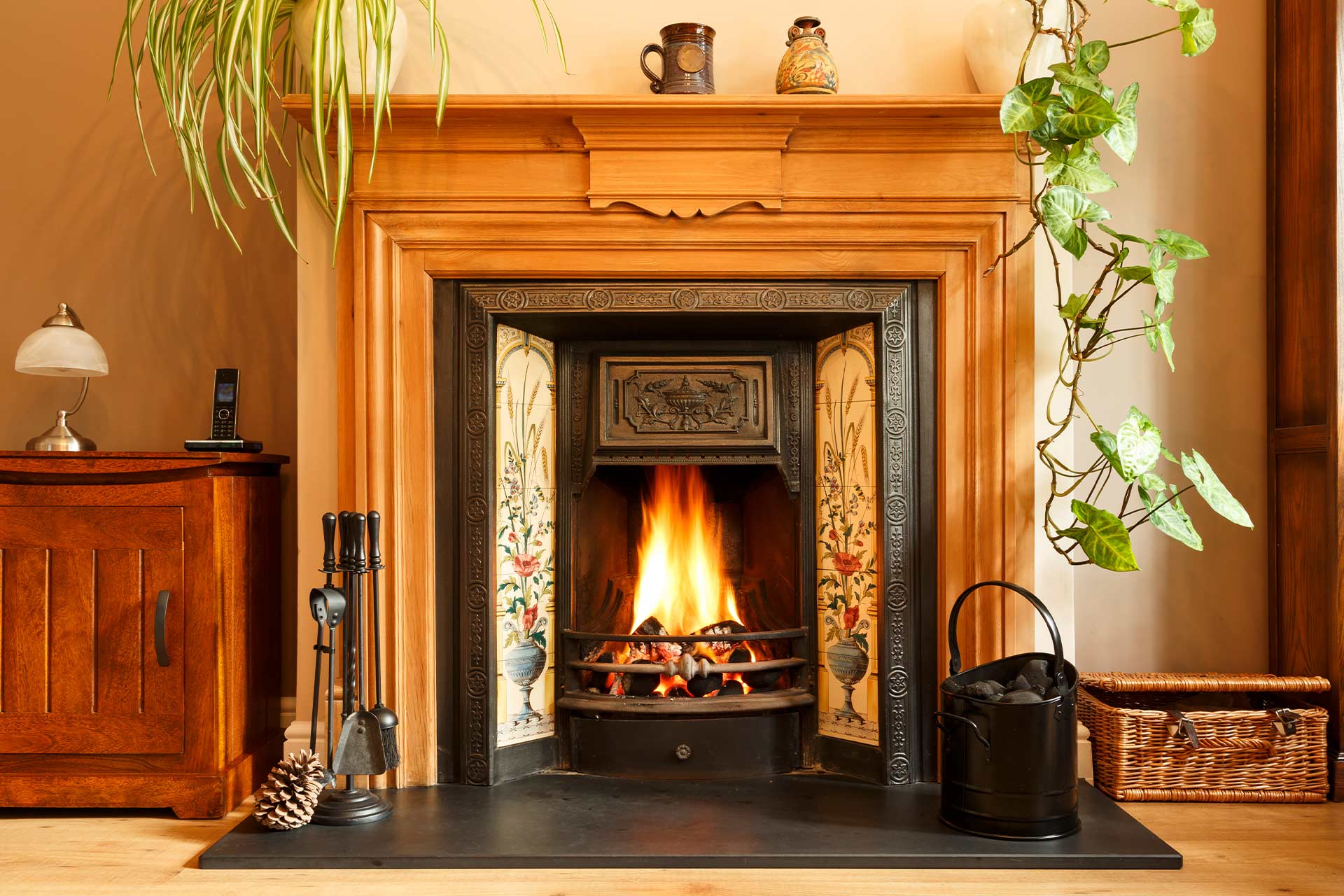
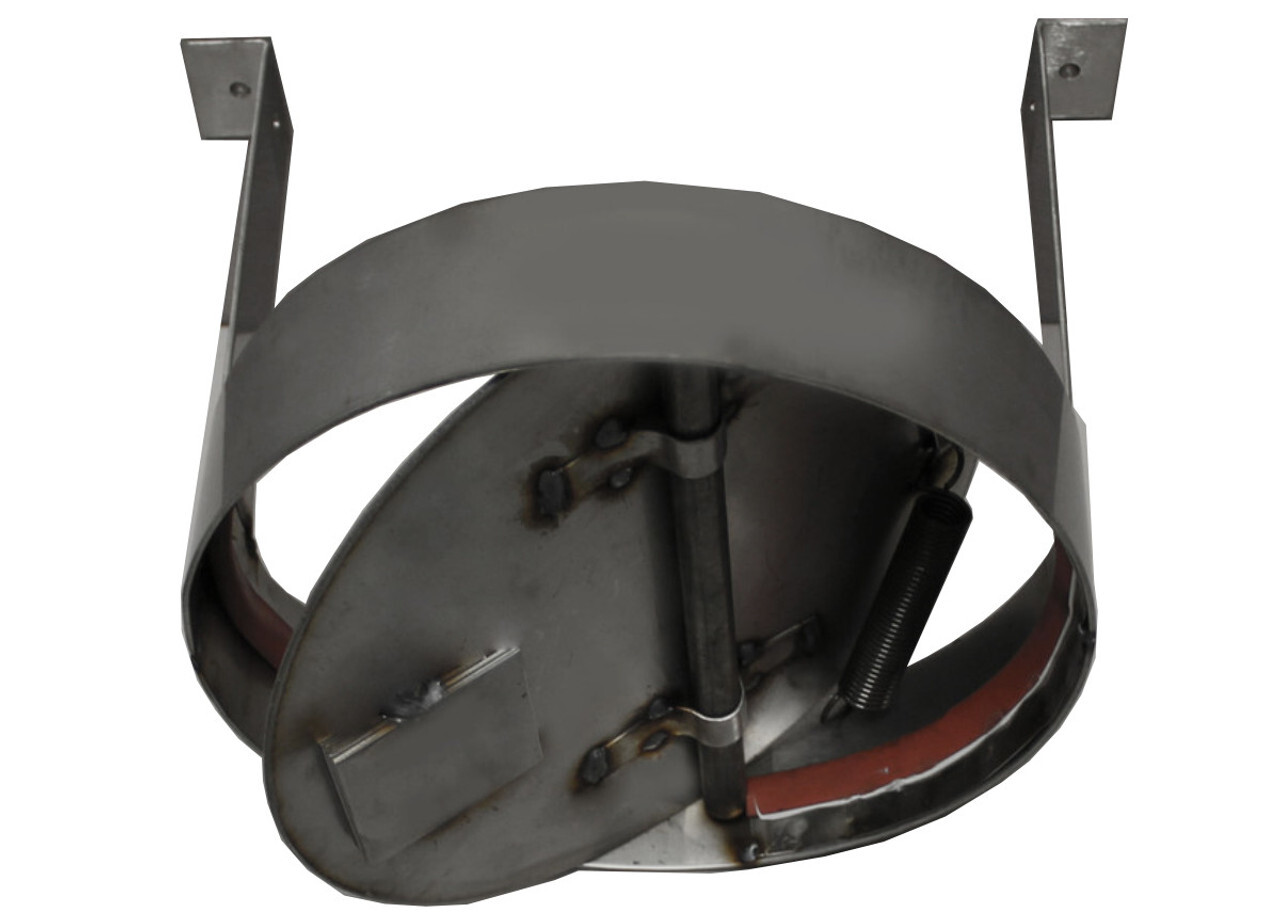
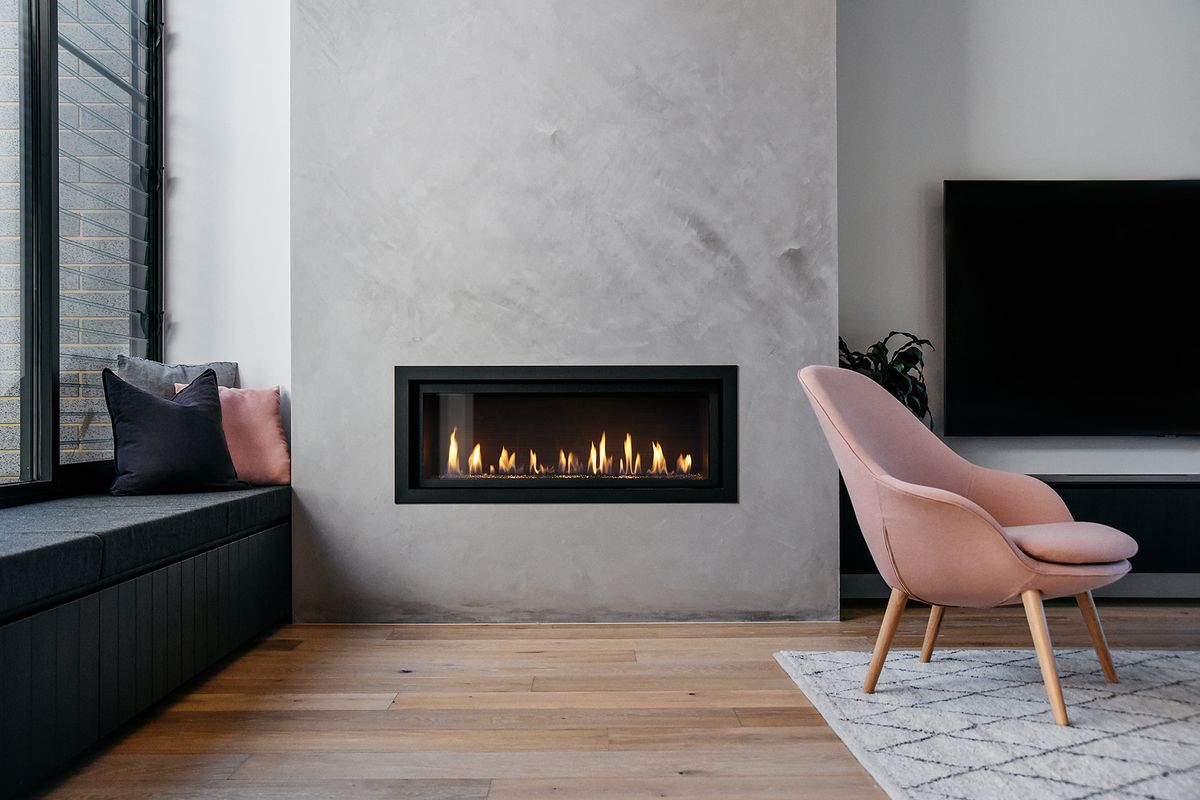
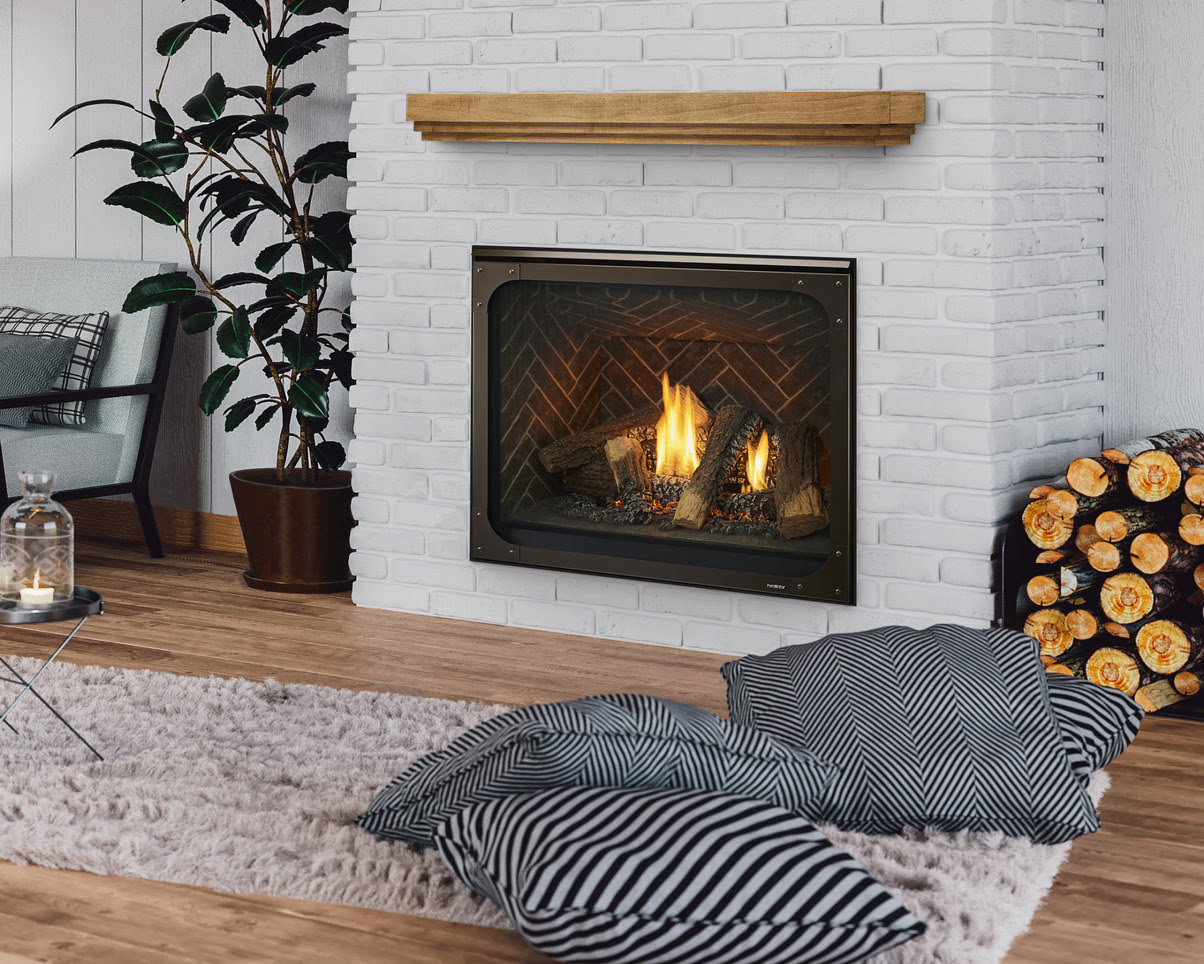


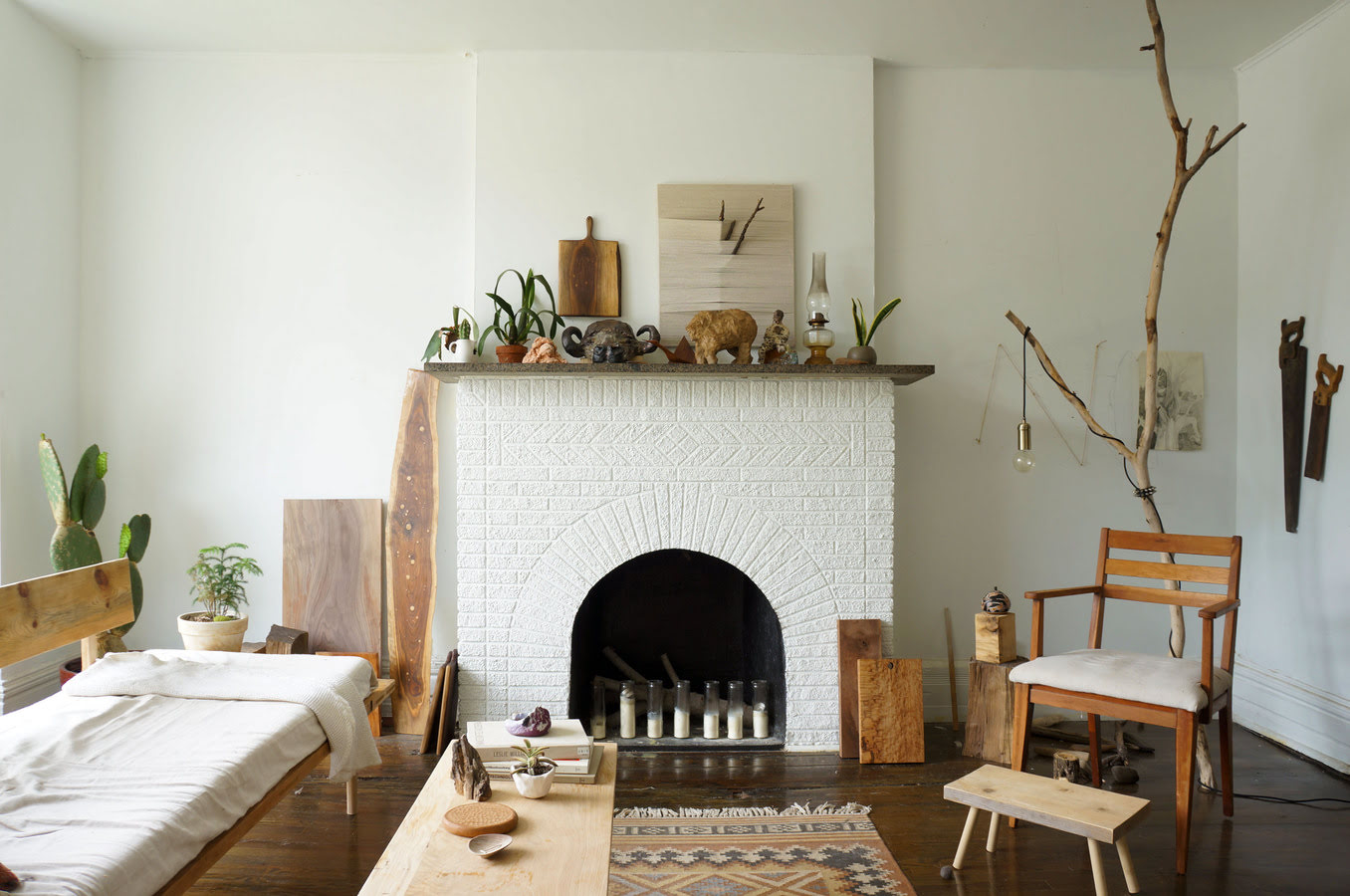
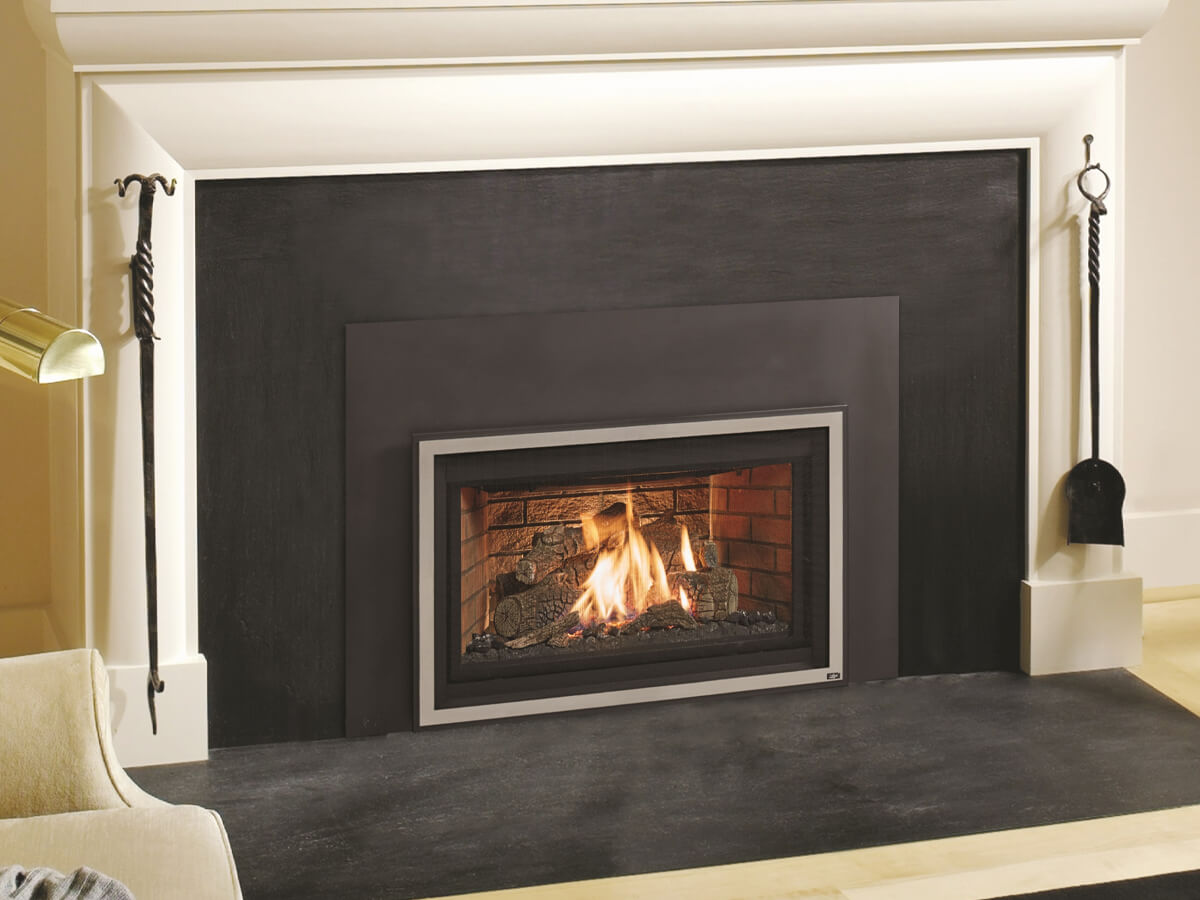
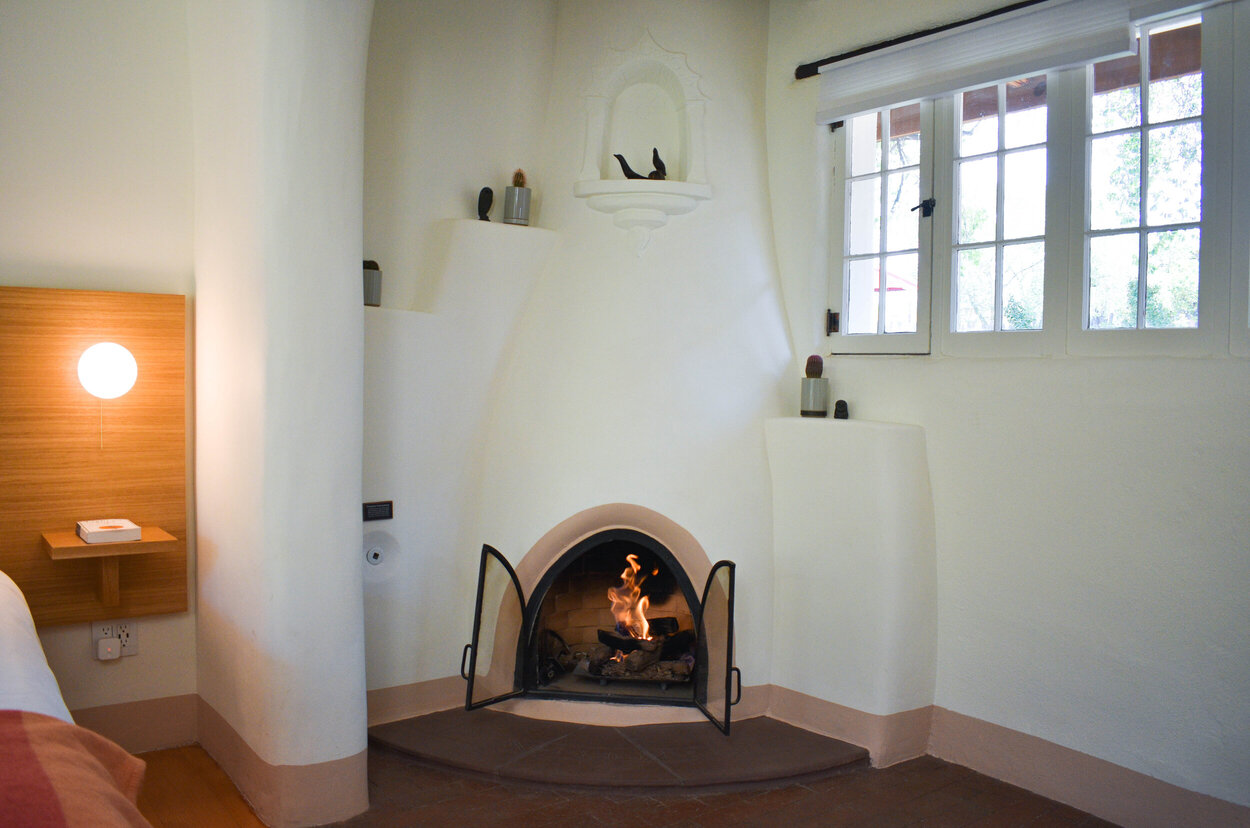
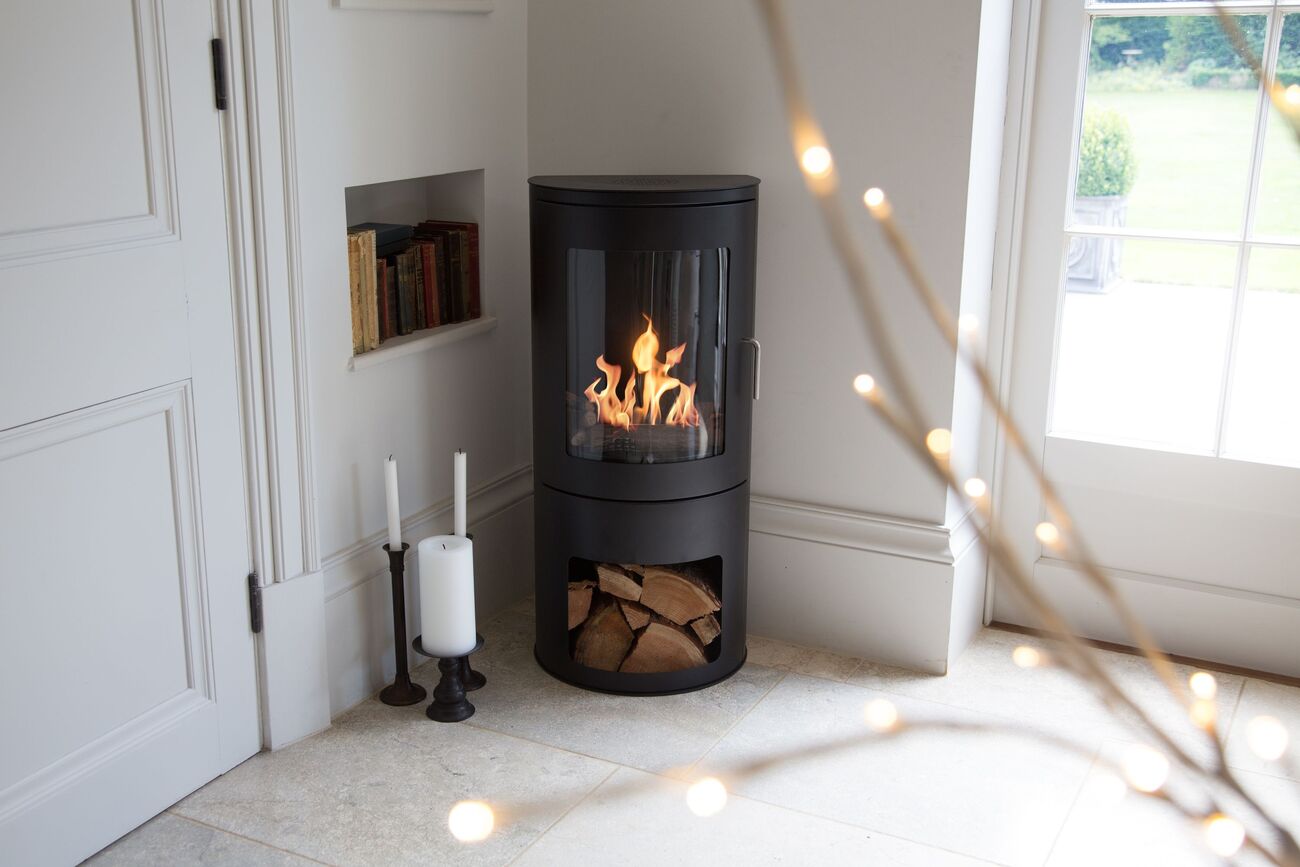
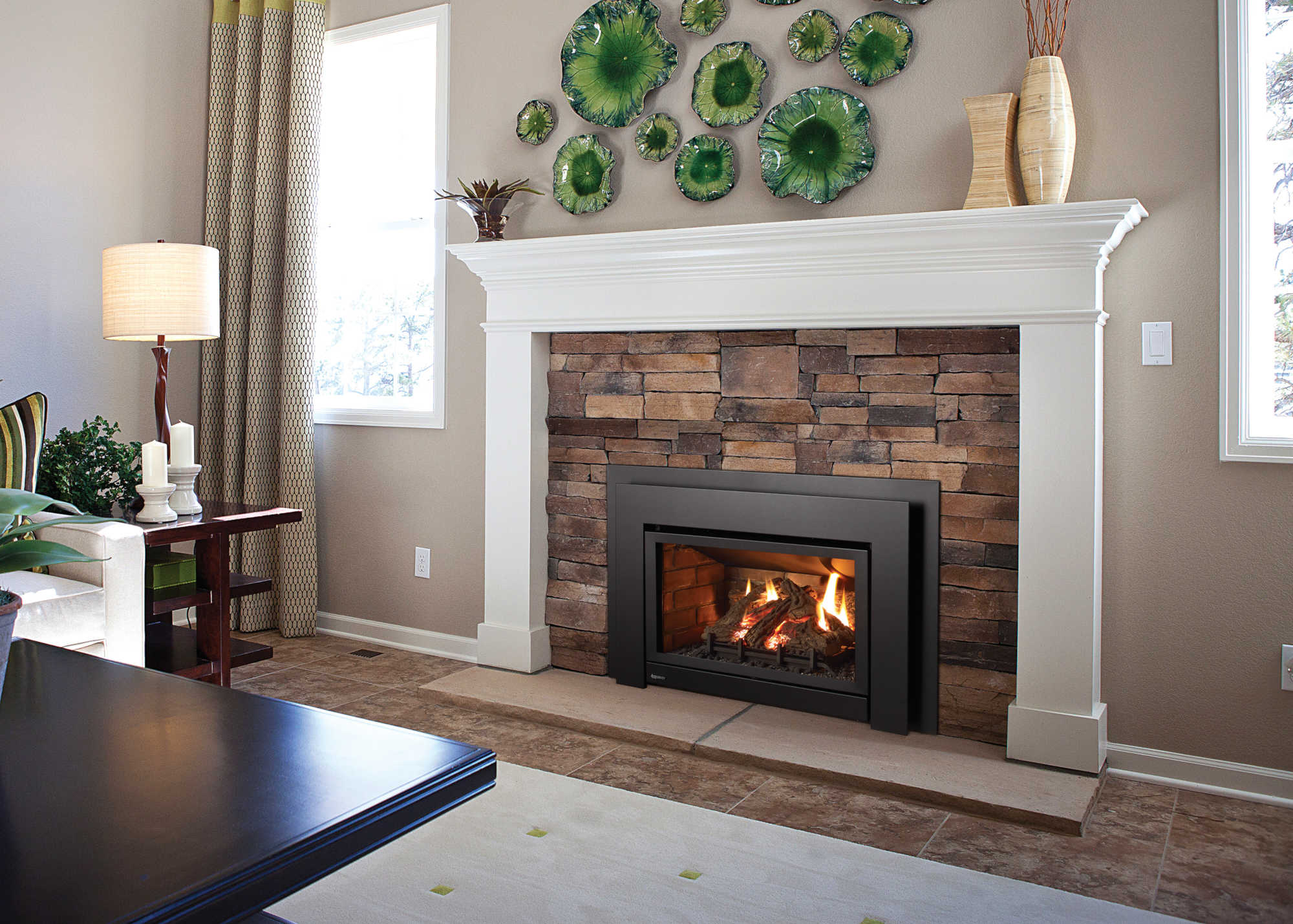

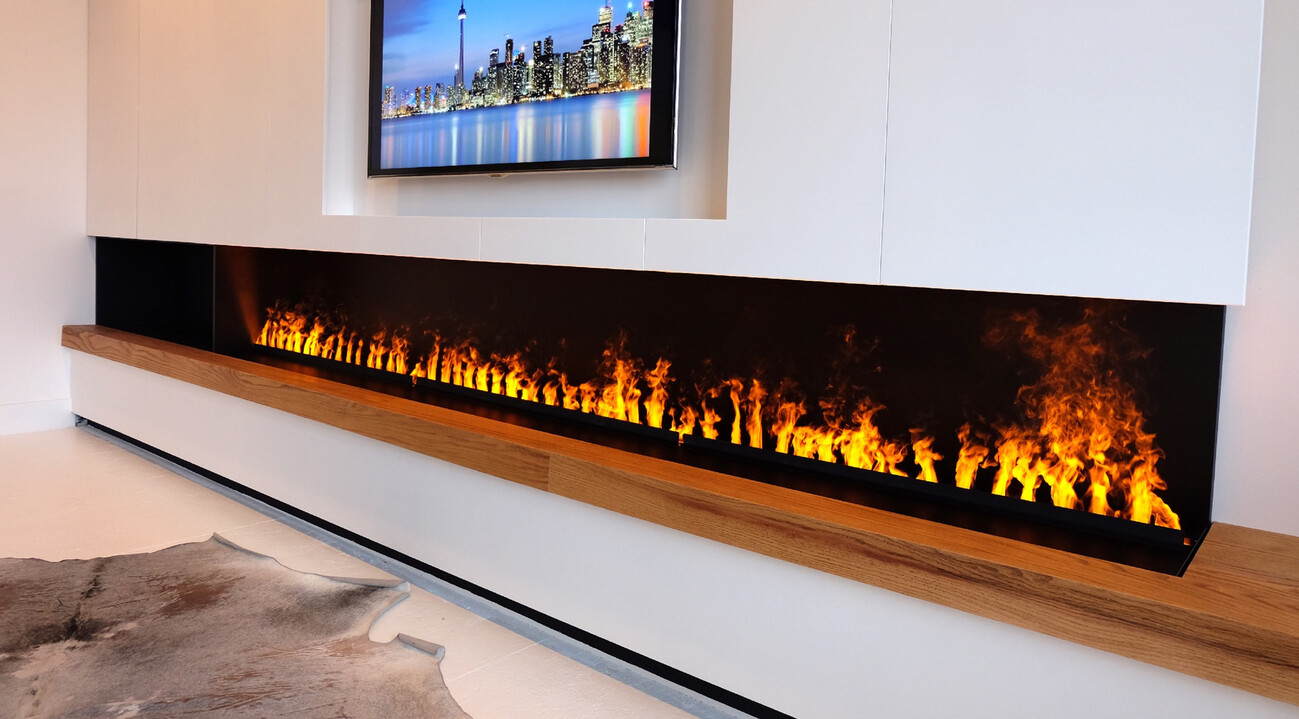
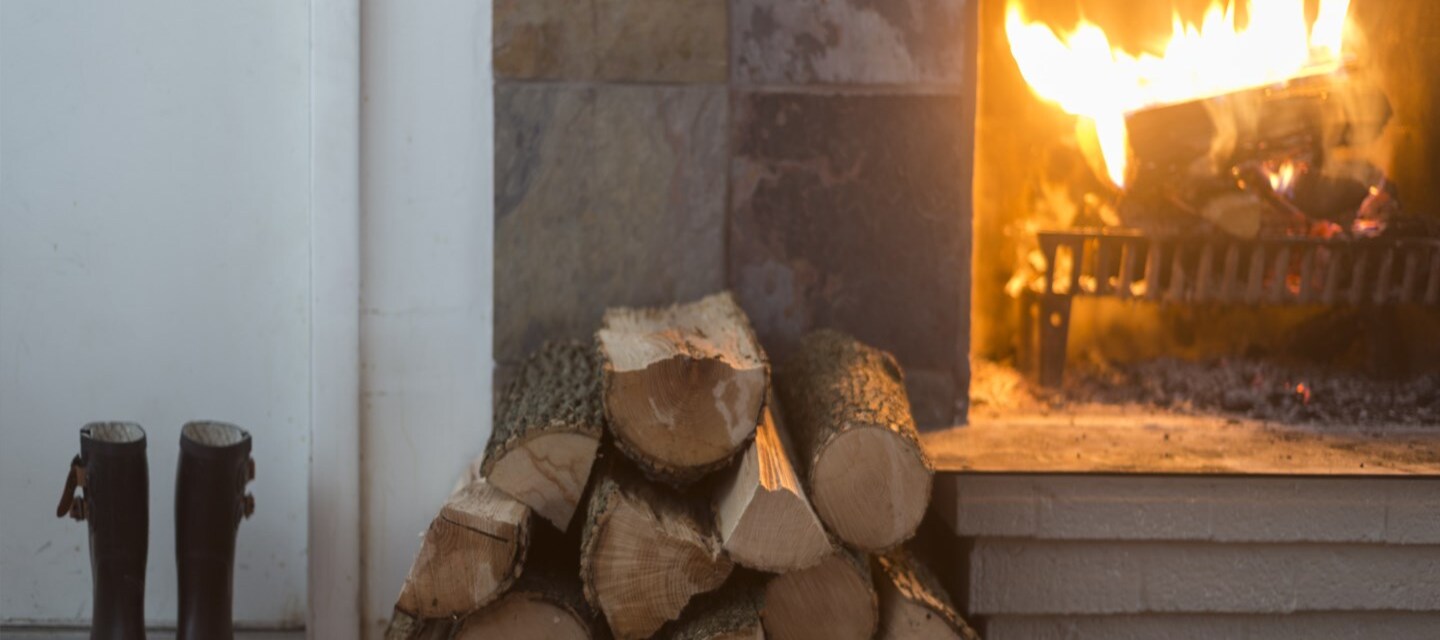

0 thoughts on “What Is A Masonry Fireplace”